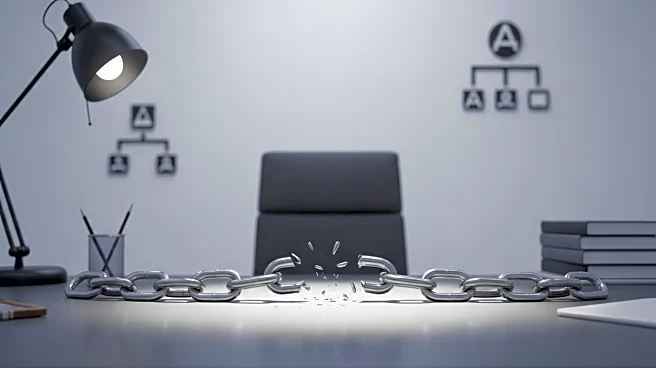What's Happening?
An executive described being 'bulldozed' at work, a term indicating more than typical corporate power plays, involving interruption, outnumbering, pre-deciding, and stonewalling. These behaviors meet the criteria for workplace mistreatment, including incivility, aggression, social undermining, and ostracism. The mistreatment is identified as a cultural problem, with senior leadership dismissing it as a personality clash, despite evidence of widespread dysfunction and low morale.
Why It's Important?
The identification of workplace mistreatment as a cultural issue highlights the need for organizational change and leadership intervention. Such environments can lead to decreased employee morale, productivity, and retention, affecting business outcomes. Addressing these issues is crucial for fostering a positive workplace culture and ensuring ethical business practices.
What's Next?
HR leaders and executives may need to implement structural changes and interventions to address mistreatment and improve workplace culture. This could involve revising policies, increasing transparency, and promoting inclusivity. Organizations may face pressure to demonstrate accountability and commitment to ethical standards.
Beyond the Headlines
The normalization of mistreatment in corporate culture raises ethical questions about leadership responsibility and the impact on employee well-being. Long-term shifts in organizational values and practices may be necessary to prevent such issues from persisting.











